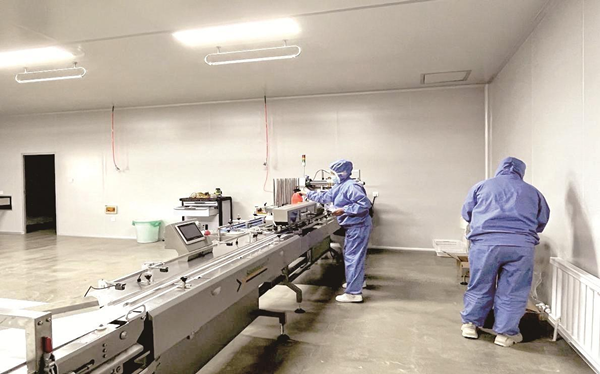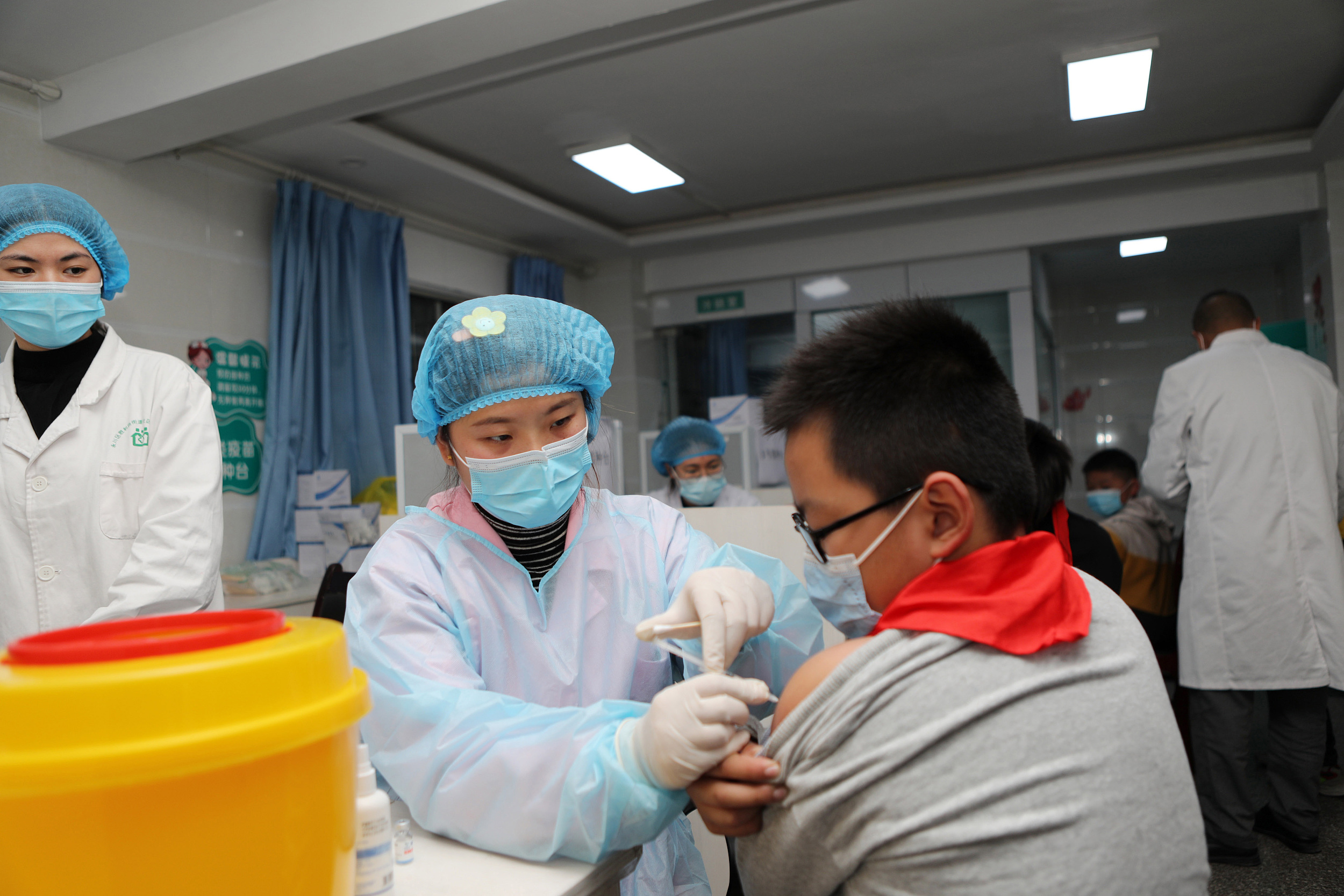Guyang cereal products do robust business

These multi-grain crackers are made of cereals growing in Guyang county, Baotou. [Photo/Baotou Daily]
Guyang county in Baotou is located in the western section of Daqing Mountain. With an average altitude of 1,300 meters, it enjoys generous sunlight, and the difference in temperature between day and night varies greatly, making it very suitable for the growth of multi-grains.
The planting area for Guyang county's buckwheat, hulless oats and other cereals has reportedly stabilized at about 400,000 mu (26,667 hectares), providing an annual output of around 40,000 metric tons.
Inside the production workshop of Inner Mongolia Lyubohui Co in Baotou, grains of full buckwheat are sent from conveyor belts to different destinations after they are thoroughly screened. Buckwheat featuring large grains is used to make buckwheat rice, which is then vacuum-packaged so it can be sold nationwide. Meanwhile, the smaller grains are processed into buckwheat flour and sold to local markets and surrounding areas.

Staff members operate machines to produce agricultural products. [Photo/Baotou Daily]
Since the beginning of this year, Guyang has screened out new varieties of cereals suitable for planting in the county through various experiments, so as to promote new technologies for different grain varieties, and to encourage farmers to adopt more scientific planting methods and improve the quality of their cereals.
Promoting high-quality products nationally is a new proposition that Guyang is now tackling. Since 2015, Guyang people's government has introduced a series of policies to promote cereal brands and boost industrial development.
On Dec 6, 2021, the brand "Guyang Products in Dimension 41" was officially released, and agricultural products such as astragalus, oat flour, oat rice, buckwheat and sesame oil were selected to join the domestic landmark food products list.
In addition, eight agricultural products in Guyang, including oat noodles and buckwheat, were approved by the Ministry of Agriculture and Rural Affairs to protect the geographical indications of local agricultural products.





 Sketching and creation tour in Baotou
Sketching and creation tour in Baotou